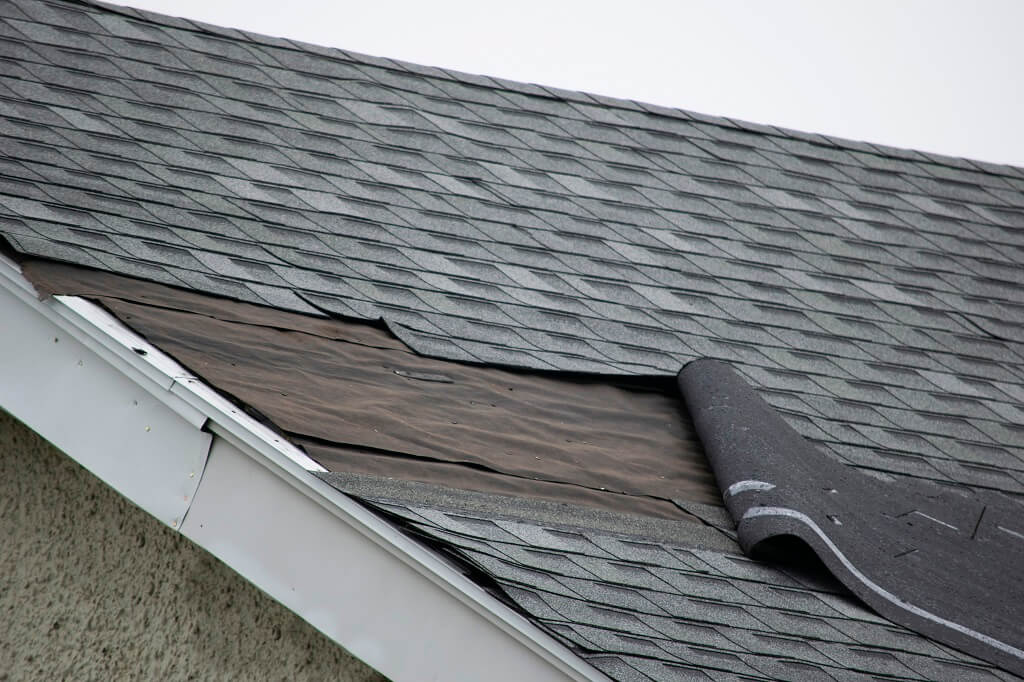
Installing a new roof is a significant investment for homeowners, but it is also a crucial aspect of maintaining the structural integrity of your home. Whether you are replacing an old roof or building a new home, following a step-by-step guide can help ensure that the installation process goes smoothly and the end result is a durable and long-lasting roof. In this ultimate guide to roof installation, we will provide you with detailed instructions on how to install a roof properly.
The first step in the roof installation process is to gather all the necessary materials and tools. This includes roofing materials such as shingles, underlayment, flashing, nails, and ridge caps, as well as tools like a hammer, roofing nail gun, ladder, and safety gear. Make sure to purchase high-quality materials that are suitable for the climate and architectural style of your home.
Next, you will need to prepare the roof deck by removing the old roofing material, inspecting the deck for any damage, and making any necessary repairs. It is important to have a clean and stable deck to ensure that the new roof will be properly installed and will last for years to come.
Once the roof deck is ready, you can begin installing the underlayment. The underlayment is a waterproof barrier that is placed on the deck before laying the shingles. It helps to protect the roof from water damage and ensures that the shingles adhere properly. Make sure to overlap the underlayment sheets and secure them with roofing nails or staples.
After the underlayment is in place, you can start installing the shingles. Begin at the bottom of the roof and work your way up, overlapping each row of shingles to ensure proper water drainage. Use roofing nails to secure the shingles to the deck, following the manufacturer's instructions for spacing and placement.
As you work your way up the roof, you will need to install flashing around any roof penetrations, such as chimneys, vents, and skylights. Flashing helps to prevent water from seeping into these vulnerable areas and causing leaks. Make sure to secure the flashing properly and seal any seams with roofing cement.
Once the shingles are in place, you can finish the roof installation by installing the ridge caps. Ridge caps are special shingles that are placed along the ridges of the roof to provide a finished look and extra protection against water infiltration. Secure the ridge caps with roofing nails and seal any gaps with roofing cement.
After the roof installation is complete, it is important to perform a final inspection to ensure that everything has been installed correctly and that there are no visible defects. Check for any loose or missing shingles, damaged flashing, or other issues that could compromise the integrity of the roof. Make any necessary repairs before considering the job done.
In conclusion, installing a new roof is a complex and labor-intensive process that requires careful planning and precision. By following the step-by-step instructions outlined in this ultimate guide to roof installation, homeowners can ensure that their new roof is installed properly and will provide reliable protection for their home for many years to come. If you are not comfortable taking on the task yourself, it is always best to hire a professional roofing contractor to ensure that the job is done right. Remember, a well-installed roof is not only a sound investment in your home but also a crucial element in keeping your family safe and dry.